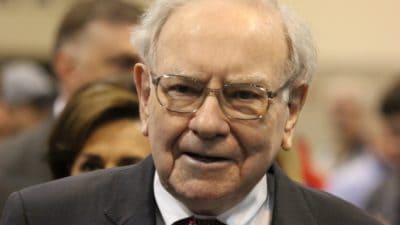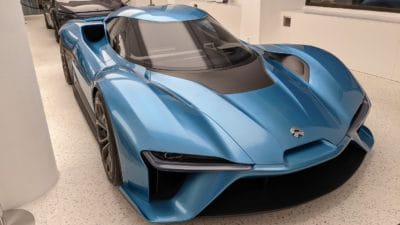Value investors looking for shares to buy have a lot to consider. But the equation is always the same – how much the company is going to make compared to how much they have to pay.
There are a few ways of assessing this, but investors need to be careful. Sometimes opportunities to find value don’t always come up in a stock screener.
Diploma
At a price-to-earnings (P/E) multiple of 36, Halma (LSE:HLMA) doesn’t look like the kind of stock that would show up on a value investor’s radar. But appearances can be deceptive.
Halma is a highly acquisitive business. As a result, its earnings are often distorted by costs that are either one-off in nature or don’t involve cash leaving the business.
The company provides ‘adjusted’ figures to account for these. And on this basis, the stock is actually trading at a P/E multiple of 31, rather than 36.
Investors might wonder whether this is still too high given the inherent risks of acquisitions. But it’s important to be clear on what the firm’s actual earning power is in making that judgement.
The difference between 31 times earnings and 36 times earnings might not seem like much. For someone trying to work out what a business is worth, though, it amounts to a 16% difference.
That can be the difference between something being a viable investment or not. So with stocks like Halma, investors need to take a close look at the business in assessing future earnings.
Coca-Cola HBC
The story with Coca-Cola HBC (LSE:CCH) is somewhat different. It manufactures Coca-Cola products and distributes them across a range of countries from Ireland to Nigeria.
This is a capital-intensive operation and the obvious risk is inflation. But that’s not the only thing investors need to pay attention to in trying to value the company.
An important question is what kind of return the firm gets on the cash it invests. One way of answering this is with the return on invested capital (ROIC) metric, which looks uninspiring:
Coca-Cola HBC ROIC 2014-24

Created at TradingView
This, however, doesn’t tell the full story. On Coca-Cola HBC’s balance sheet is an intangible asset covering its right to use the Coca-Cola brands, including products like Costa and Powerade.
The firm lists this as an “infinite-lived intangible asset”, so it is included in the invested capital part of the ROIC calculation. But it’s not something the company has to pay to maintain – that’s what the main Coca-Cola Company does.
The real return Coca-Cola HBC generates on its investments is therefore higher than its stated ROIC. And this makes it a more valuable business than a first look at the numbers would indicate.
Taking a close look
Working out the true value of a company’s shares is key to knowing when the stock might be a good buying opportunity. But it can sometimes take a bit of careful attention.
This is the case with both Coca-Cola HBC and Halma. The shares are better value than they initially seem and understanding this is important to assessing them as potential investments.








